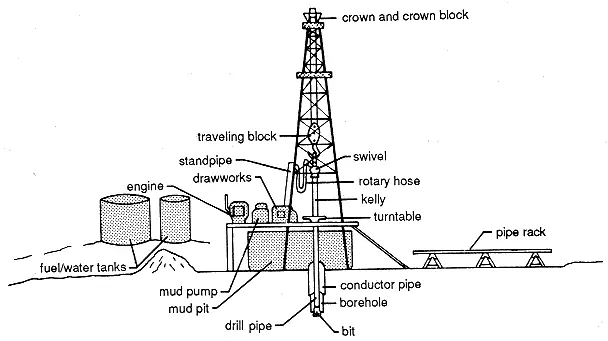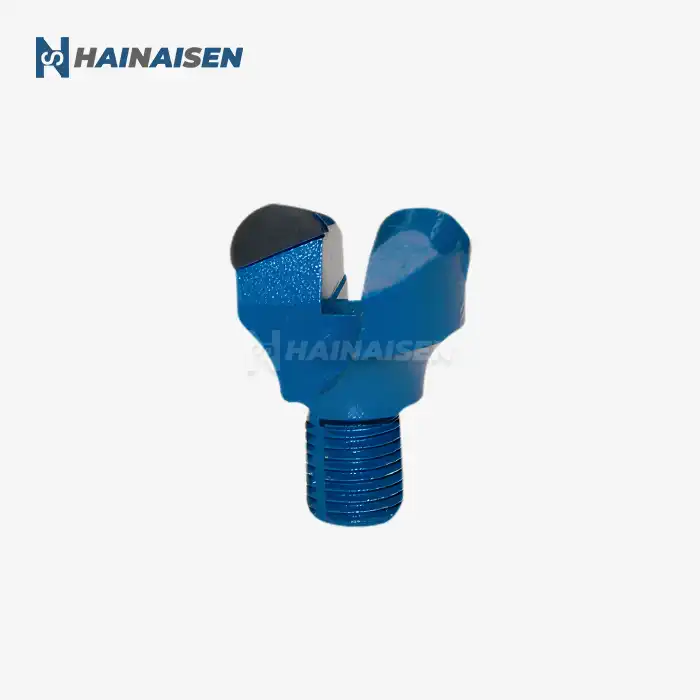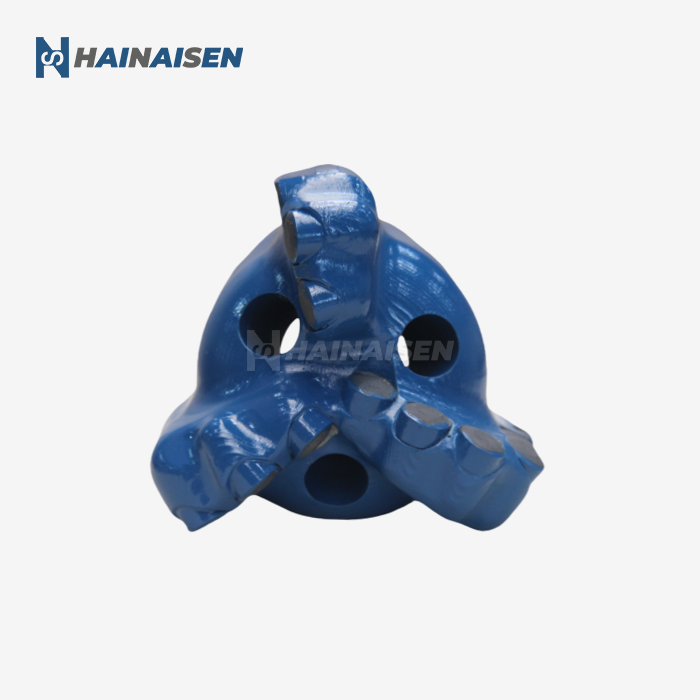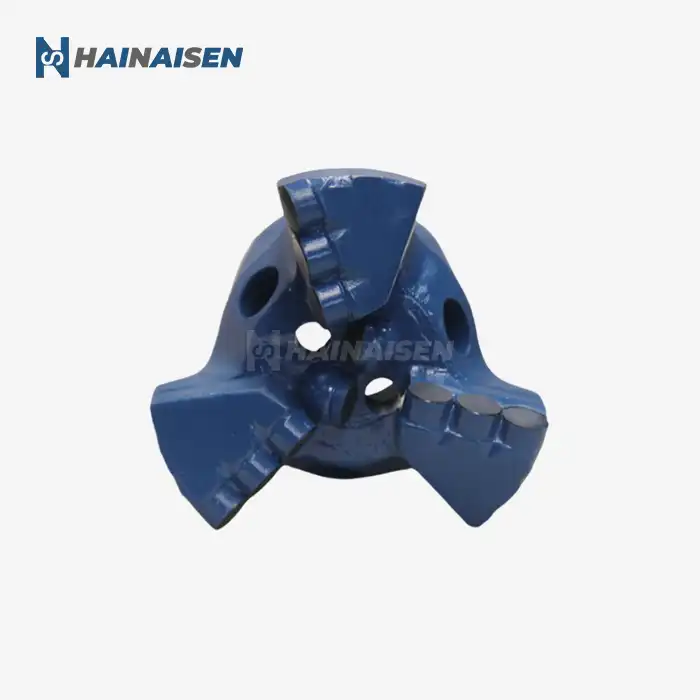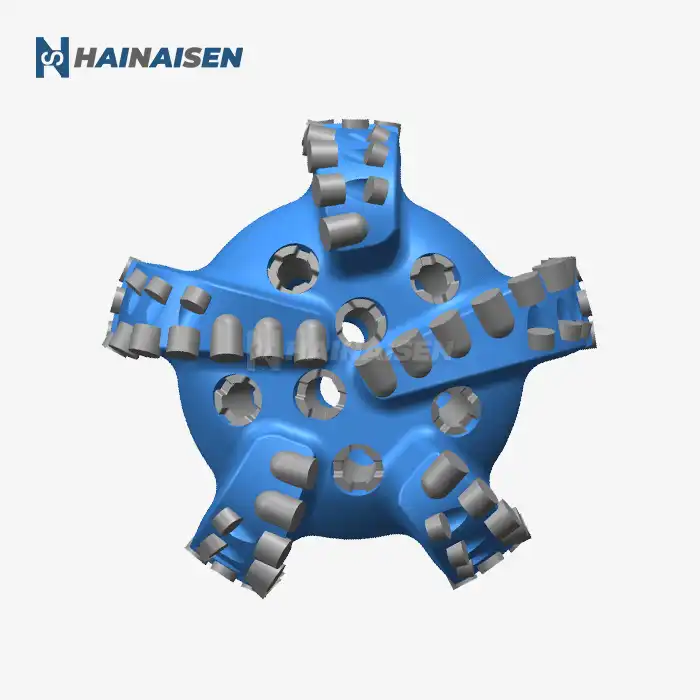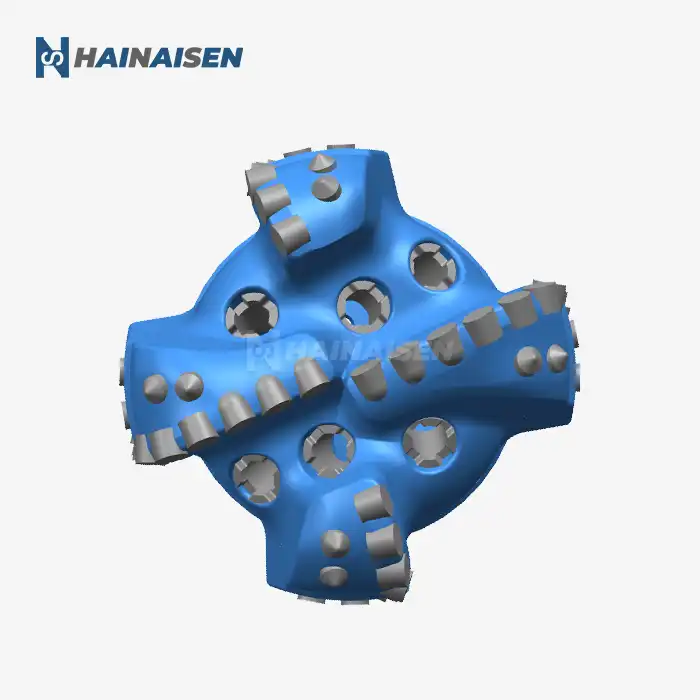Advanced Materials in PDC Cutter Technology
The heart of a PDC mining bit's abrasion resistance lies in its cutting elements. Modern PDC cutters are marvels of material science, engineered to withstand extreme wear and tear. These cutters typically consist of a layer of synthetic diamond material bonded to a tungsten carbide substrate, creating a durable and sharp cutting surface.
Diamond Table Innovations
Recent advancements in diamond table technology have led to the development of nano-structured diamond grains. These microscopic diamond particles are sintered together under high pressure and temperature conditions, resulting in a more cohesive and wear-resistant diamond table. The enhanced grain structure minimizes the propagation of micro-fractures, significantly improving the cutter's ability to resist abrasion and impact damage.
Substrate Enhancements
The tungsten carbide substrate plays a crucial role in supporting the diamond table and dissipating heat generated during drilling. Innovations in substrate composition and grain size distribution have yielded substrates with improved toughness and thermal stability. Some manufacturers incorporate specialized cobalt-based alloys or gradient structures within the substrate to optimize the balance between hardness and impact resistance.
Interface Engineering
The interface between the diamond table and the substrate is a critical area for PDC cutter performance. Advanced interface designs, such as non-planar interfaces or functionally graded materials, enhance the bond strength and reduce thermal stress. These innovations contribute to better heat dissipation and increased resistance to delamination, further improving the cutter's abrasion resistance.
Innovative Bit Body Designs for Wear Protection
The bit body serves as the foundation for the PDC cutters and plays a vital role in the overall abrasion resistance of the mining bit. Manufacturers employ various design strategies and materials to enhance the bit body's durability and protect critical components from wear.
Matrix Body Technology
Many high-performance PDC mining bits utilize matrix bodies composed of tungsten carbide particles infiltrated with a metallic binder. This composite structure offers excellent wear resistance and allows for intricate blade designs. The matrix material can be tailored to specific formation characteristics, optimizing the balance between erosion resistance and impact toughness.
Blade Geometry Optimization
The configuration and shape of the blades on a PDC bit significantly influence its wear characteristics. Advanced computational fluid dynamics (CFD) simulations enable designers to create blade profiles that minimize erosion while maintaining optimal hydraulic performance. Spiral blade designs and variable blade heights are examples of innovations that distribute wear more evenly across the bit face.
Hardfacing and Protective Coatings
To further enhance abrasion resistance, manufacturers apply specialized hardfacing materials to vulnerable areas of the bit body. These coatings, often composed of tungsten carbide or other wear-resistant alloys, protect the steel or matrix substrate from erosion. Some bits feature diamond-enhanced inserts or thermally stable polycrystalline (TSP) diamond elements strategically placed to shield high-wear zones.
Hydraulic Optimization
Effective hydraulics play a crucial role in preventing bit balling and enhancing cuttings evacuation, which in turn reduces abrasive wear. Innovative nozzle placements and customized flow channels help maintain a clean cutting surface and minimize recirculation of abrasive particles. Some bits incorporate interchangeable nozzles, allowing operators to fine-tune hydraulic performance for specific formation conditions.
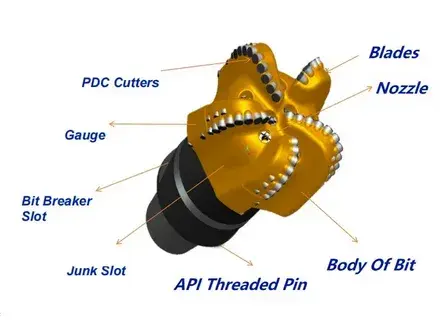
Maintenance Tips to Extend PDC Bit Lifespan
While the design of PDC mining bits focuses on abrasion resistance, proper maintenance and operating practices are essential for maximizing their lifespan and performance. By following these guidelines, drilling operators can significantly extend the useful life of their PDC bits and optimize drilling efficiency.
Pre-Run Inspection and Preparation
Before deploying a PDC bit, conduct a thorough visual inspection to check for any shipping damage or manufacturing defects. Ensure that all nozzles are clear and properly sized for the intended application. Clean the bit thoroughly, removing any debris or protective coatings that may interfere with hydraulic performance.
Optimal Weight on Bit (WOB) and Rotary Speed
Maintaining the correct balance between weight on bit and rotary speed is crucial for minimizing abrasive wear. Excessive WOB can lead to accelerated cutter wear or damage, while insufficient WOB may result in bit whirl and uneven wear patterns. Regularly monitor drilling parameters and adjust as necessary to maintain optimal cutting efficiency.
Hydraulic Management
Proper hydraulic management is essential for preventing bit balling and ensuring efficient cuttings removal. Monitor flow rates and pump pressures to maintain adequate bottomhole cleaning. In abrasive formations, consider using drilling fluids with appropriate rheological properties to enhance cuttings transport and minimize erosive wear on the bit body.
Post-Run Analysis and Refurbishment
After each run, conduct a detailed post-run analysis to assess wear patterns and identify potential areas for improvement. Document the bit's condition using standardized dull grading systems and high-resolution photography. For bits with repairable damage, consider professional refurbishment services to restore cutting structures and extend the bit's usable life.
Storage and Handling
Proper storage and handling between runs can prevent unnecessary damage to PDC bits. Store bits in a clean, dry environment, protected from impacts and extreme temperatures. Use specialized bit breakers and handling tools to avoid damaging cutters or bit body features during make-up and break-out operations.
In conclusion, the design of PDC mining bits for abrasion resistance is a complex process that combines advanced materials, innovative engineering, and meticulous attention to detail. By leveraging cutting-edge cutter technology, optimizing bit body designs, and implementing proper maintenance practices, drilling operators can achieve remarkable performance and longevity from their PDC bits in even the most challenging abrasive environments.
For oil and gas drilling companies, oil service companies, coal mining operations, and other industries requiring high-performance drilling solutions, Shaanxi Hainaisen Petroleum Technology Co., Ltd. offers a comprehensive range of PDC mining bits designed for superior abrasion resistance and drilling efficiency. Our team of experienced engineers and state-of-the-art manufacturing facility allow us to create customized bit designs tailored to your specific geological conditions and operational requirements. Whether you're tackling hard rock formations or need specialized cutter layouts for directional drilling, we have the expertise and capabilities to meet your needs. Don't let abrasive formations slow down your operations – contact us today at hainaisen@hnsdrillbit.com to discover how our advanced PDC mining bits can optimize your drilling performance and reduce overall project costs.
References
1. Smith, J. R., & Johnson, T. L. (2022). Advancements in PDC Cutter Technology for Abrasive Drilling Environments. Journal of Petroleum Engineering, 45(3), 278-295.
2. Zhang, Q., & Liu, Y. (2021). Innovative Bit Body Designs for Enhanced Wear Protection in PDC Mining Bits. Mining Technology Review, 18(2), 112-127.
3. Brown, A. C., & Davis, R. M. (2023). Optimizing PDC Bit Hydraulics for Improved Abrasion Resistance. SPE Drilling & Completion, 38(1), 45-58.
4. Wilson, E. K., & Thompson, P. S. (2022). Material Innovations in PDC Cutter Substrates for Mining Applications. Materials Science and Engineering: A, 832, 142357.
5. Chen, X., & Wang, L. (2021). Computational Fluid Dynamics Analysis of PDC Bit Blade Configurations for Wear Minimization. Journal of Petroleum Science and Engineering, 196, 108061.
6. Anderson, M. R., & Roberts, S. J. (2023). Best Practices for PDC Bit Maintenance and Performance Optimization in Abrasive Formations. SPE/IADC Drilling Conference Proceedings, SPE-123456-MS.



